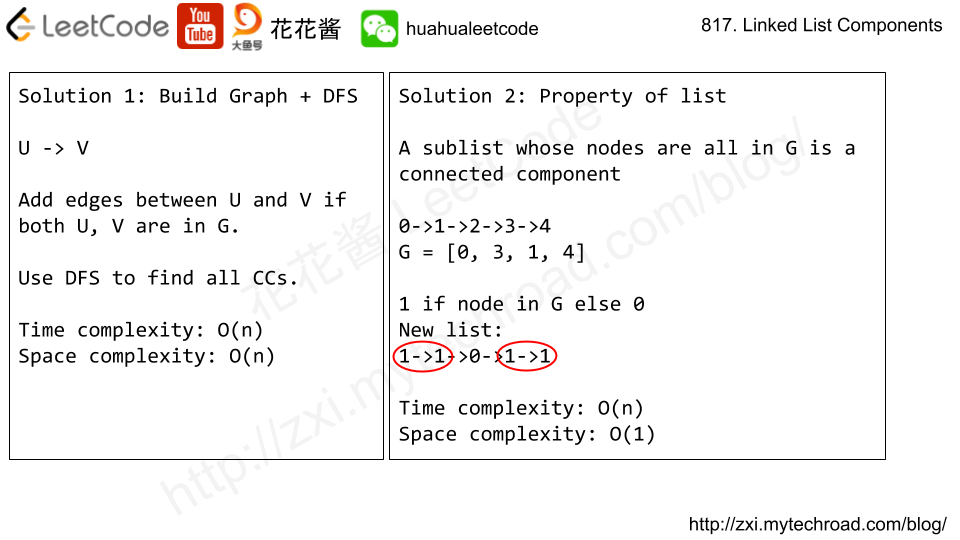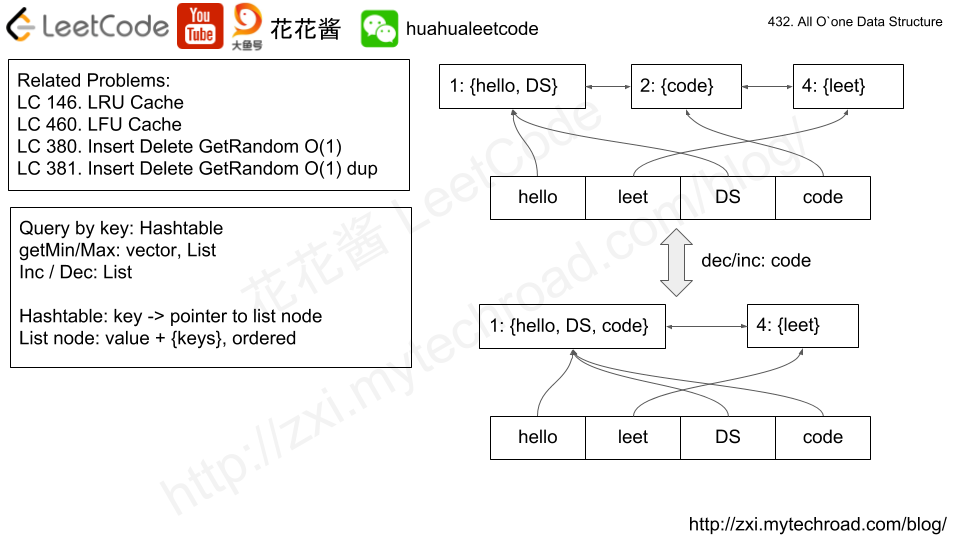Problem
You are given two non-empty linked lists representing two non-negative integers. The most significant digit comes first and each of their nodes contain a single digit. Add the two numbers and return it as a linked list.
You may assume the two numbers do not contain any leading zero, except the number 0 itself.
Follow up:
What if you cannot modify the input lists? In other words, reversing the lists is not allowed.
Example:
Input: (7 -> 2 -> 4 -> 3) + (5 -> 6 -> 4) Output: 7 -> 8 -> 0 -> 7
Solution: Simulation
Using a stack to “reverse” the list. Simulate the addition digit by digit.
Time complexity: O(l1 + l2)
Space complexity: O(l1 + l2)
C++
|
1 2 3 4 5 6 7 8 9 10 11 12 13 14 15 16 17 18 19 20 21 22 23 24 25 26 27 28 29 30 |
// Author: Huahua // Running time: 40 ms class Solution { public: ListNode* addTwoNumbers(ListNode* l1, ListNode* l2) { stack<int> s1; stack<int> s2; while (l1) { s1.push(l1->val); l1 = l1->next; } while (l2) { s2.push(l2->val); l2 = l2->next; } ListNode* head = nullptr; int sum = 0; while (!s1.empty() || !s2.empty() || sum) { sum += s1.empty() ? 0 : s1.top(); sum += s2.empty() ? 0 : s2.top(); if (!s1.empty()) s1.pop(); if (!s2.empty()) s2.pop(); ListNode* n = new ListNode(sum % 10); sum /= 10; n->next = head; head = n; } return head; } }; |

